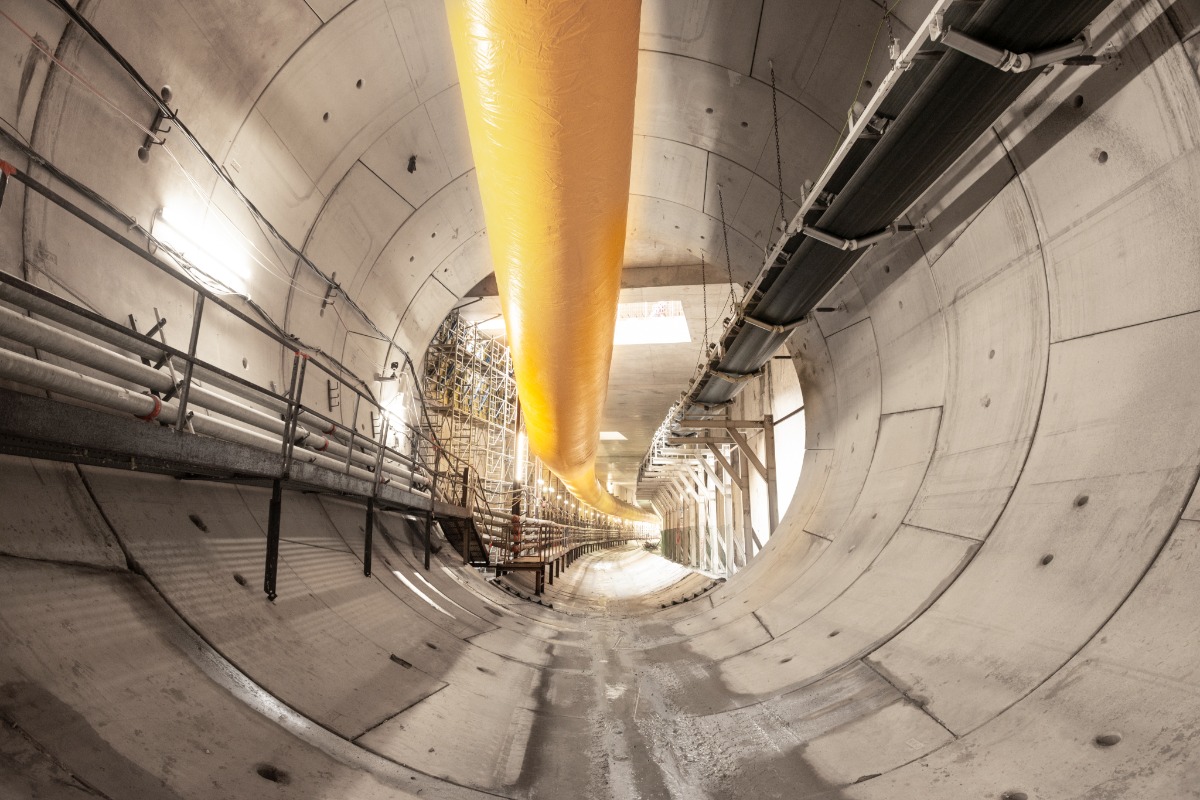

The Solutions Explorer lets you create alerts that match your needs. You can create several alerts and you will receive a notification each time a new Solar Impulse Efficient Solutions is labelled and matches your filters.
Your Search Alerts will show up here.
Sign in to create alerts for your filters and search terms.
Sign inDon't have an account?
Sign upAugust 2, 2020
Société du Grand Paris / Eiffage
Paris

The Société du Grand Paris (SGP) is overseeing the project that includes a 200 kilometres automatic subway system with 68 stations, set for completion by 2030, and key lines operational by 2024. In partnership with Bekaert, Eiffage is using the Dramix fibre-reinforced concrete solution for Line 16.1. This involves the production of structural concrete segments exclusively using steel fibre-reinforced concrete for the permanent lining of 12 kilometres of L16.1, marking the first such application for a passenger rail structure.
Dramix high-performance steel fibre saves around 5,000 tonnes of steel and reduces CO2 emissions by 10,000 tonnes for 10 kilometres of tunnels compared to Rebars. This fibre-reinforced concrete requires only 40 kg of Dramix steel fibre per cubic metre.

The big companies that have acquired this expertise are now the ambassadors of fibre-reinforced concrete, and will inevitably be offering fibre-reinforced concrete on future projects. We now have certainties that we didn't have 3-4 years ago. This will set a precedent for future infrastructure projects.
Alex Moubé, Head of the Low-Carbon Mission at Société du Grand Paris.
Dramix® steel fiber reinforced concrete offers a solution that is both effective, cost-efficient and environmentally conscious. By using steel fibers instead of traditional concrete reinforcement methods such as mesh or rebar, you can reduce the CO2 emissions by up to 35% for the construction of, for example, an automated warehouse, a production plant, tunnels, precast elements, etc. This is because steel fibers reinforce concrete homogeneously, requiring less material for the same level of performance. Additionally, advanced design optimization allows for the creation of thinner, yet durable concrete elements that use less concrete, steel, and water compared to traditional reinforcement methods.
Share
The information set out above, is solely for the purposes of information and the Solar Impulse Foundation does not provide any guarantee as to its authenticity, completeness or accuracy. This information does not constitute investment advice or a recommendation to buy into, transact or to enter into any agreement with any of the parties or persons mentioned above. Potential investors or interested parties are solely responsible for their investment or business decisions and for performing any due diligence required by the circumstances. The innovator has asserted ownership of the intellectual property rights for images, videos, and content showcased above, affirming full and unrestricted usage rights, and has provided explicit permission for the Solar Impulse Foundation to publish such information designated as "public" in the application form.